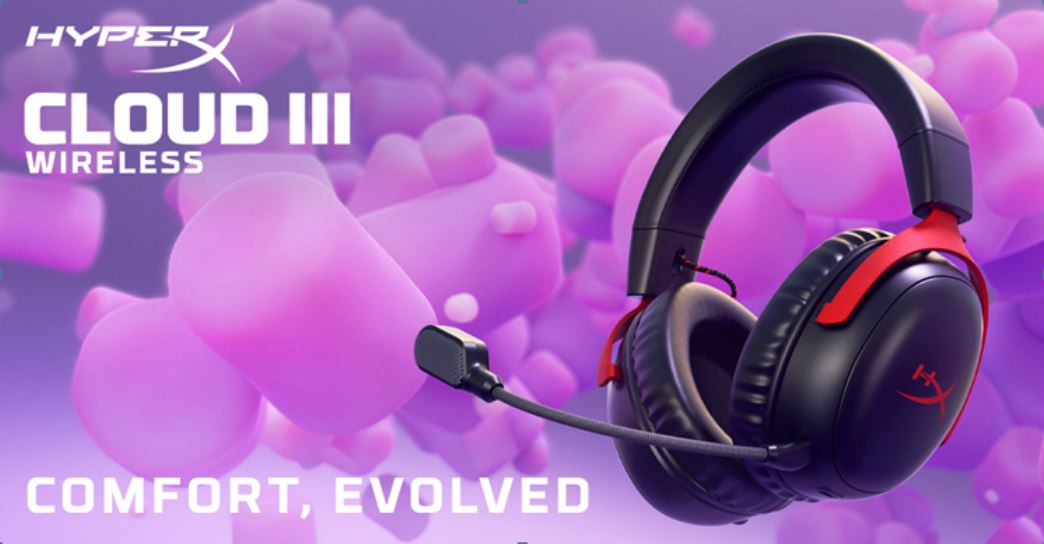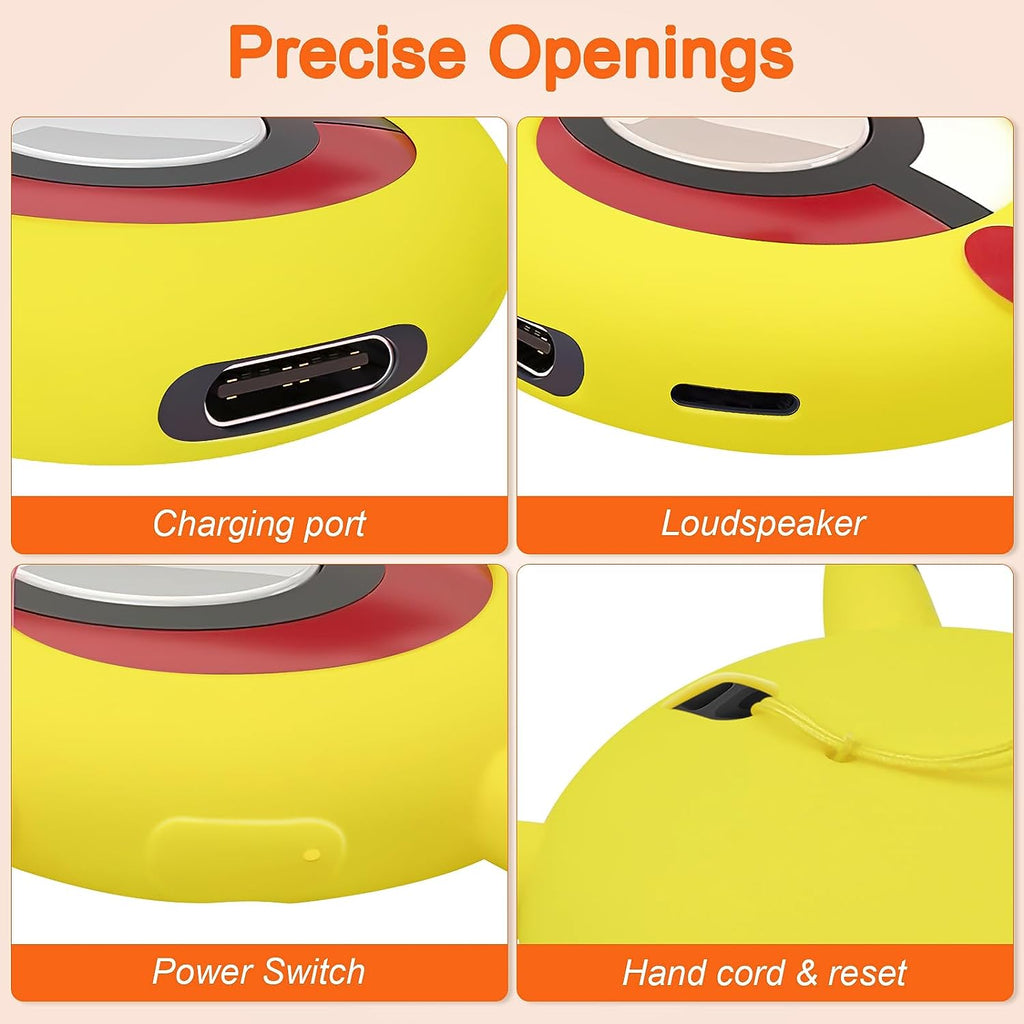


#Vr headset ps4 for pc Pc#
If you already have an excellent PC gaming setup, this is certainly a top choice. However, this shouldn't be a problem for most users. On the downside, this is a wired device, so you won't have complete freedom of movement. We also noticed that the sound quality of this unit is superior to the competition, which enhances the immersive gaming experience.Īlso: HTC's VIVE XR Elite aims to be the new all-in-one, premium headset for everyone You'll get the best-in-class tracking (which was a complaint with the entry-level version) and a VR unit that's optimized for PC-based gaming. However, the price has dropped significantly in the past year, and you can currently purchase a unit for about $749.
#Vr headset ps4 for pc upgrade#
It's an upgrade from the original Cosmos, and since the system is designed with interoperability in mind, you can create your own VR gaming experience with other HTC components.Īll of this, of course, comes at a price. If you want to upgrade your experience to a combined pixel resolution of 2880 x 1700 and have full-room playability with best-in-class room tracking, the Vive Cosmos is worth considering. Tech specs: Display: 3.4" diagonal 1440 x 1700 pixels per eye (2880 x 1700 pixels combined) | Input: Integrated microphone & headset button | Processor: Intel Core™ i5-4590 or AMD FX 8350 equivalent or better | Memory: 4GB RAM You'll want the 256GB version, which retails for $399. Meta has a great app store, and with 50% more pixels than the previous version, the Quest 2 renders phenomenal virtual worlds for exquisite gameplay. Users draw their own perimeter area, like a private arena, for excellent gameplay. The Quest 2 is also easy to set up and use, which is a must with early generation consumer technology. Why? For one thing, it has excellent hand tracking via very comfortable controls.
#Vr headset ps4 for pc pro#
That's a good thing because the Quest 2 pretty much nails it, and the current model is still the most relevant buy in the Meta lineup.Īlso: Meta Quest Pro is all work and no play (for now) The next Meta headset is being dubbed Project Cambria, and not much is known about it other than the fact that it's not a direct successor to the Quest 2. There have long been rumors of a Quest 3 in the works, but Zuck put those to bed for the time being at Facebook Connect in late 2021. With 50% more pixels than the original Quest, everything from multiplayer games and productivity apps to 360-degree videos looks better than ever. The new display features 1832 x 1920 pixels per eye, which is the company's highest-resolution display yet. With the Quest 2, Meta makes a multi-generational leap in processing power with the Qualcomm Snapdragon XR2 Platform, offering higher AI capability and 6GB of RAM. Tech specs: Display panel: Fast-switch LCD 1832x1920 per eye | Tracking: Oculus inside-out tracking | Internal Storage: 128GB, 256GB | Input: Two Oculus Touch controllers | Processor: Qualcomm Snapdragon XR2 Platformįrom the company that pioneered wireless VR, the Quest 2 is an evolution of the popular Quest headset. If you see inaccuracies in our content, please report the mistake via this form. If we have made an error or published misleading information, we will correct or clarify the article.

Our editors thoroughly review and fact-check every article to ensure that our content meets the highest standards. Our goal is to deliver the most accurate information and the most knowledgeable advice possible in order to help you make smarter buying decisions on tech gear and a wide array of products and services. ZDNET's editorial team writes on behalf of you, our reader. Indeed, we follow strict guidelines that ensure our editorial content is never influenced by advertisers. Neither ZDNET nor the author are compensated for these independent reviews. This helps support our work, but does not affect what we cover or how, and it does not affect the price you pay. When you click through from our site to a retailer and buy a product or service, we may earn affiliate commissions. And we pore over customer reviews to find out what matters to real people who already own and use the products and services we’re assessing. We gather data from the best available sources, including vendor and retailer listings as well as other relevant and independent reviews sites. ZDNET's recommendations are based on many hours of testing, research, and comparison shopping.


 0 kommentar(er)
0 kommentar(er)
